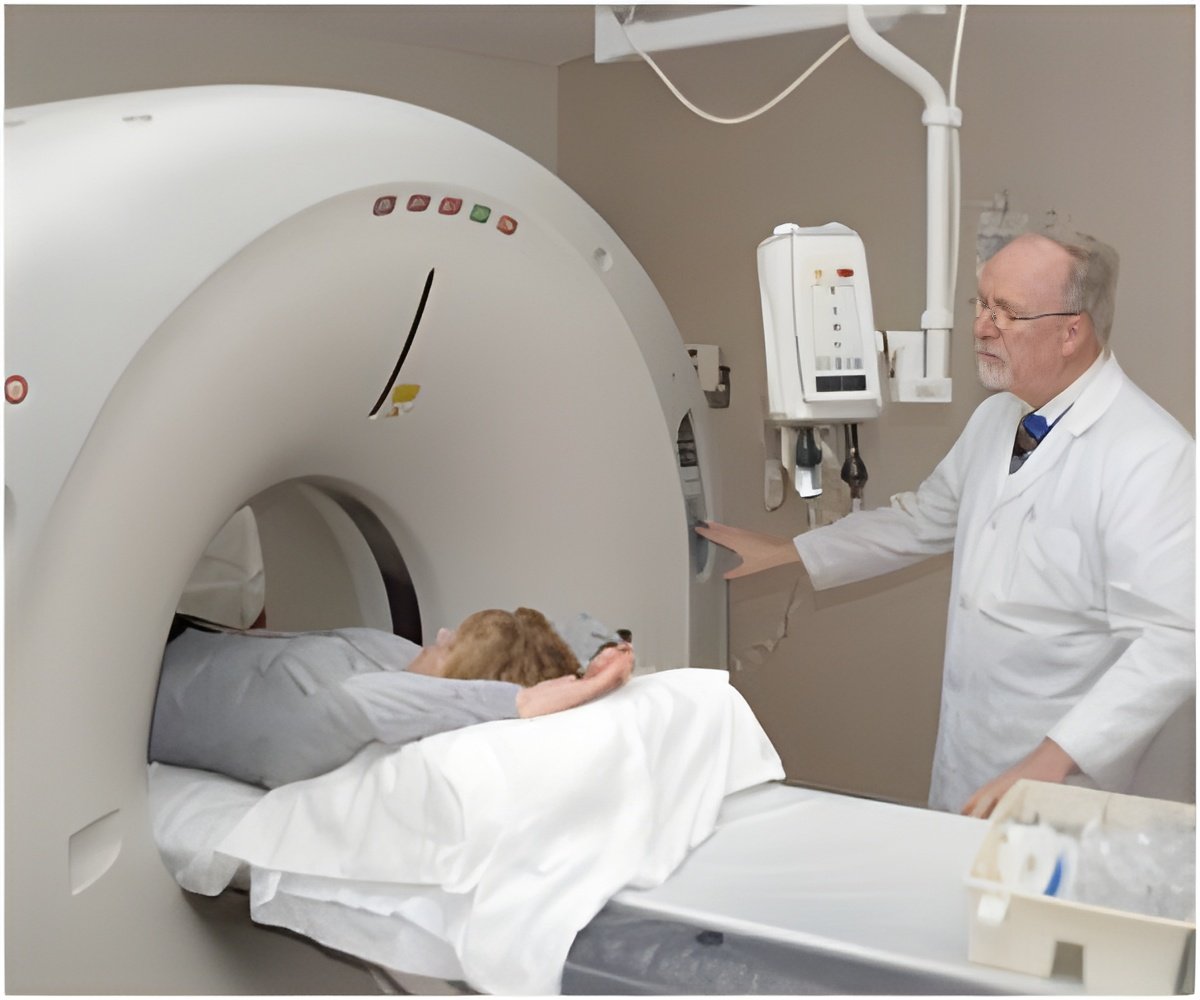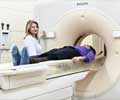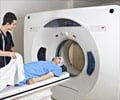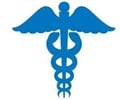Researchers hope to come up with new methods that will allow physicians to see through organs.

Gradinaru said that their methodology had the potential to accelerate any scientific endeavor that would benefit from whole-organism mapping, including the study of how peripheral nerves and organs could profoundly affect cognition and mental processing, and vice versa.
In the new study, the researchers set out to make clarity suitable for whole organs and bodies, in part by making the process faster. First, they identified the optimal hydrogel that allows detergents to quickly remove lipids from tissue using an approach named passive clarity technique (PACT).
Gradinaru added that their easy-to-use tissue clearing protocols, which employed readily available and cost-effective reagents and equipment, will make the subcellular interrogation of large tissue samples an accessible undertaking within the broader research and clinical communities.
The researchers also developed a recipe for refractive index matching solution (RIMS), which enables the long-term storage of cleared tissue and imaging thick, cleared tissue using a conventional confocal microscope.
The study is published in the journal Cell.
 MEDINDIA
MEDINDIA



 Email
Email




